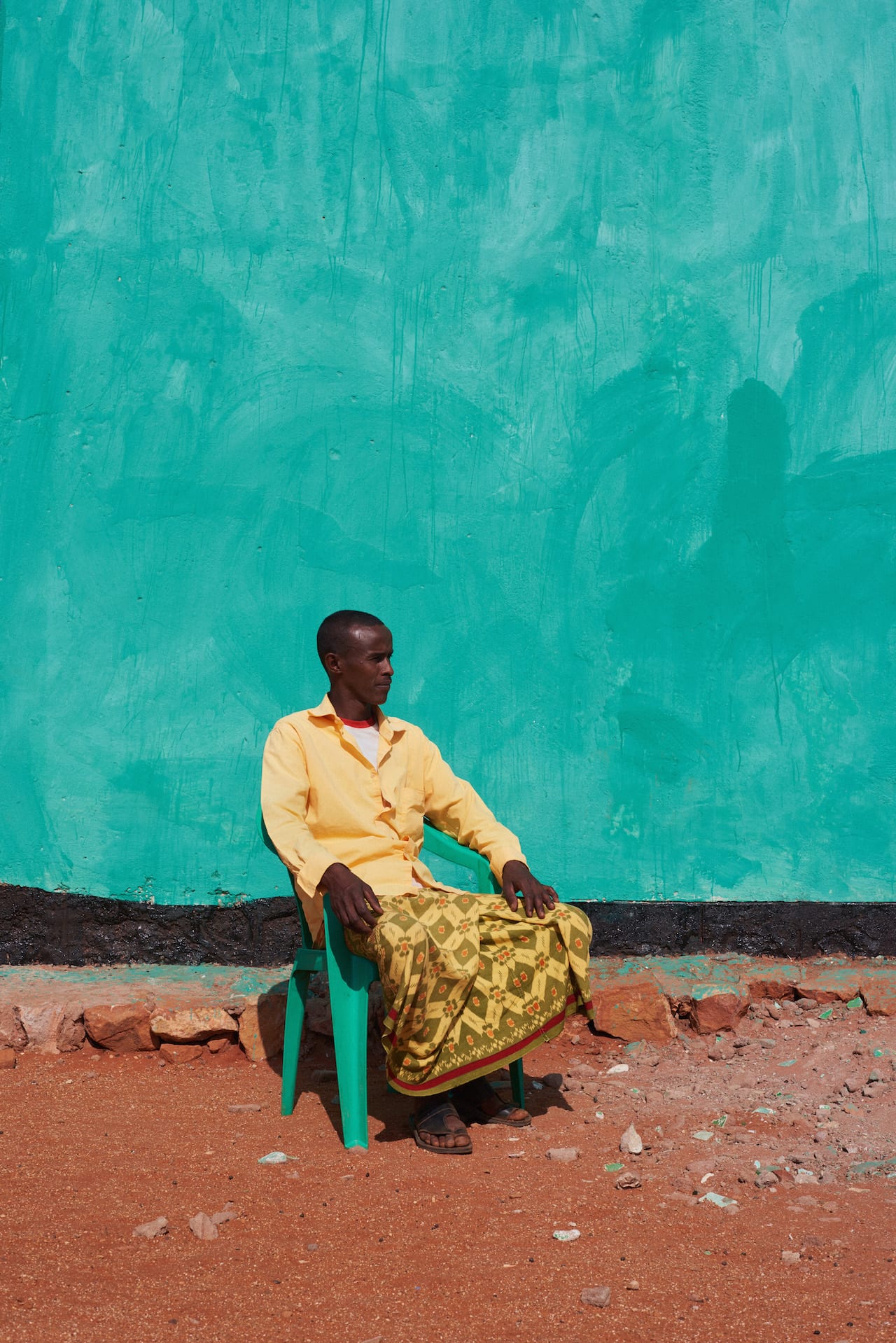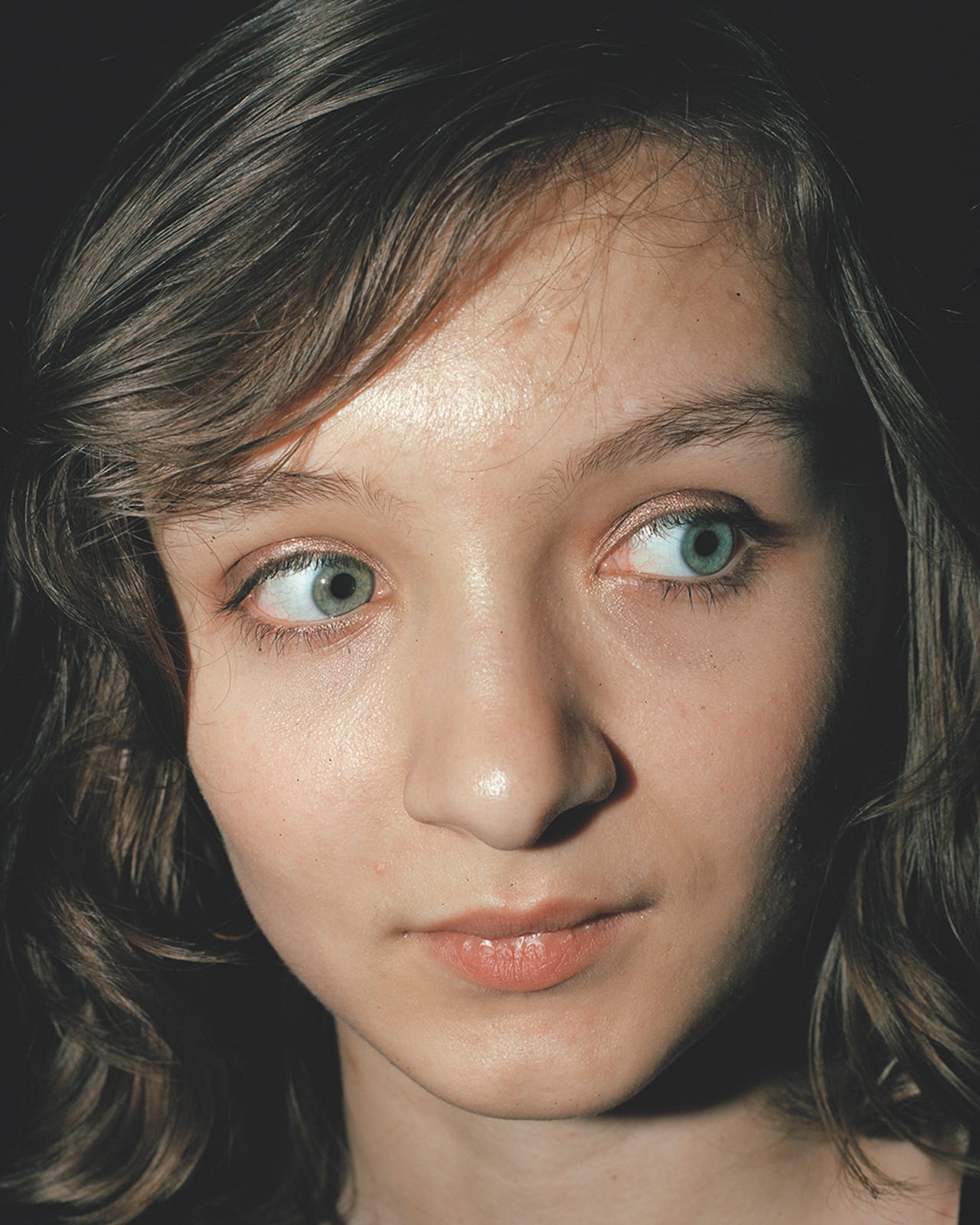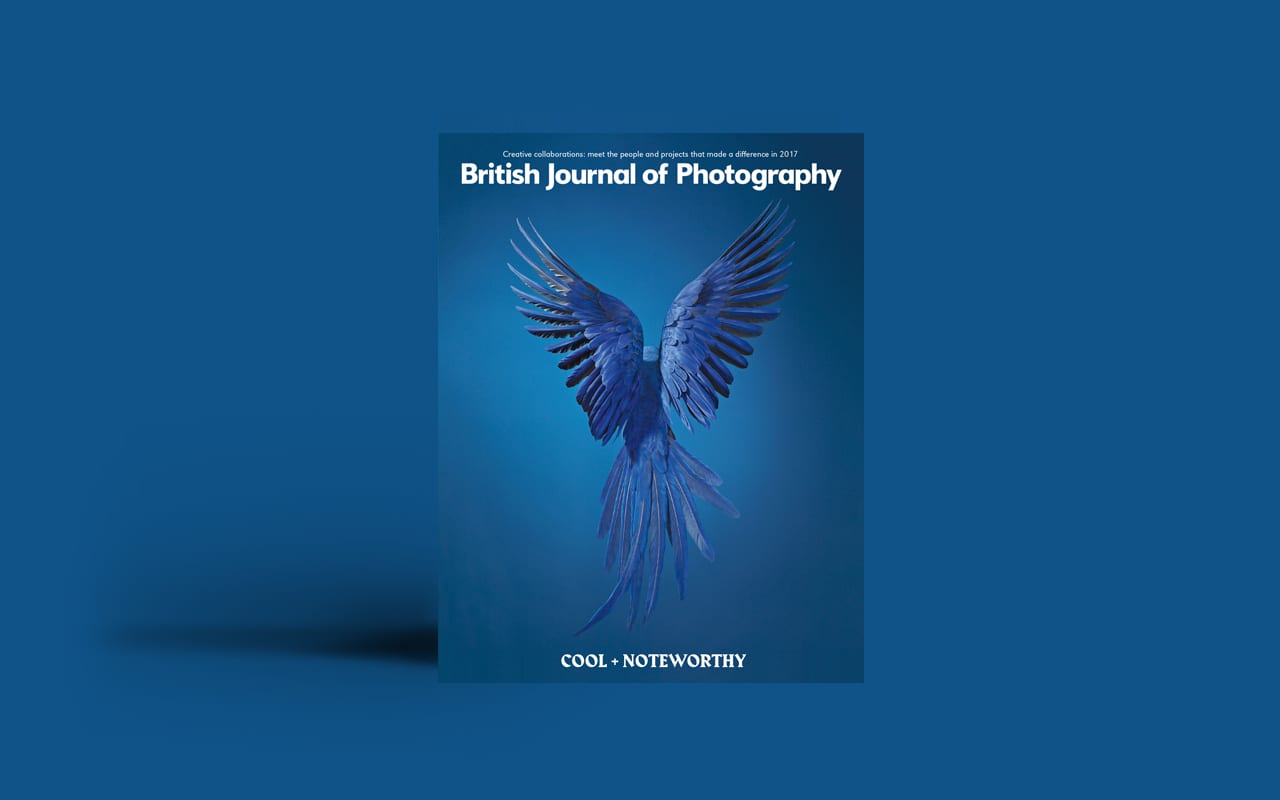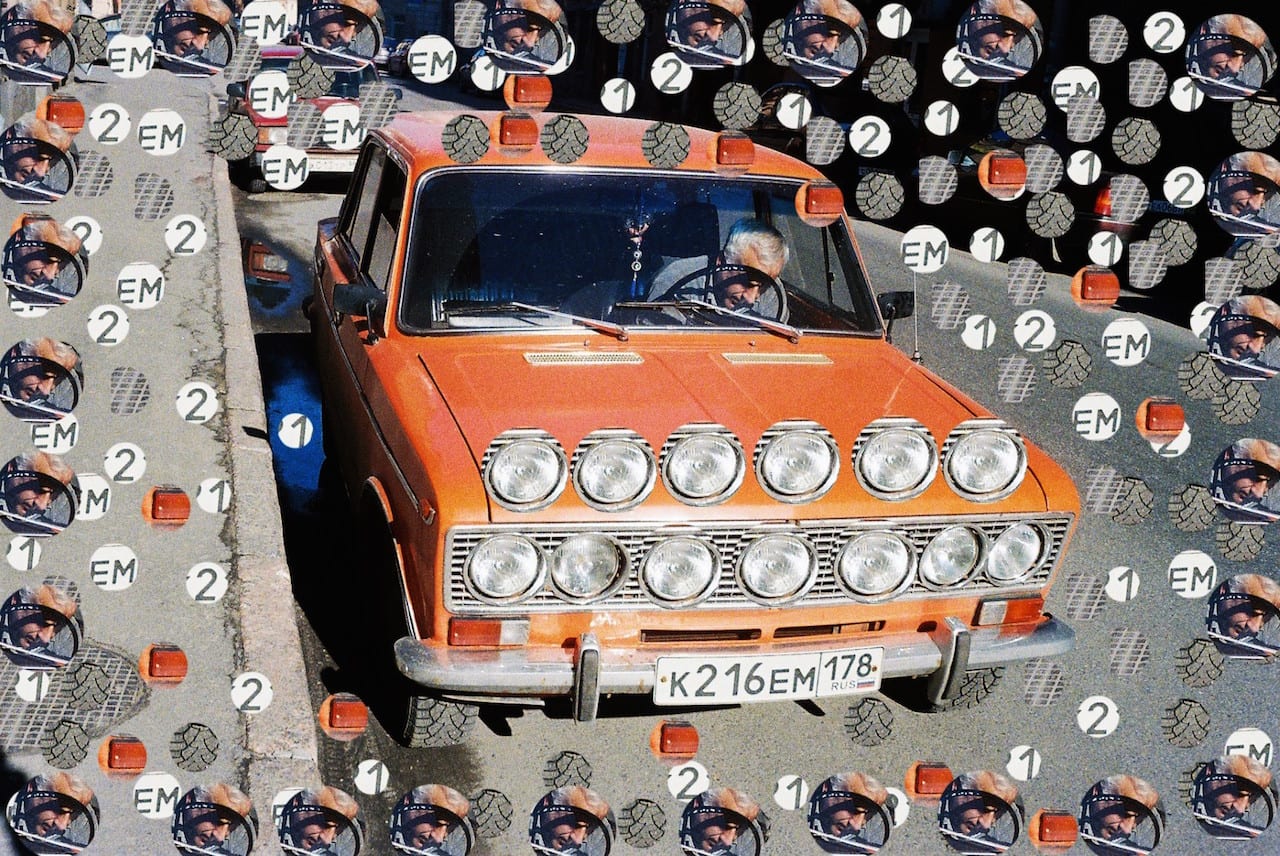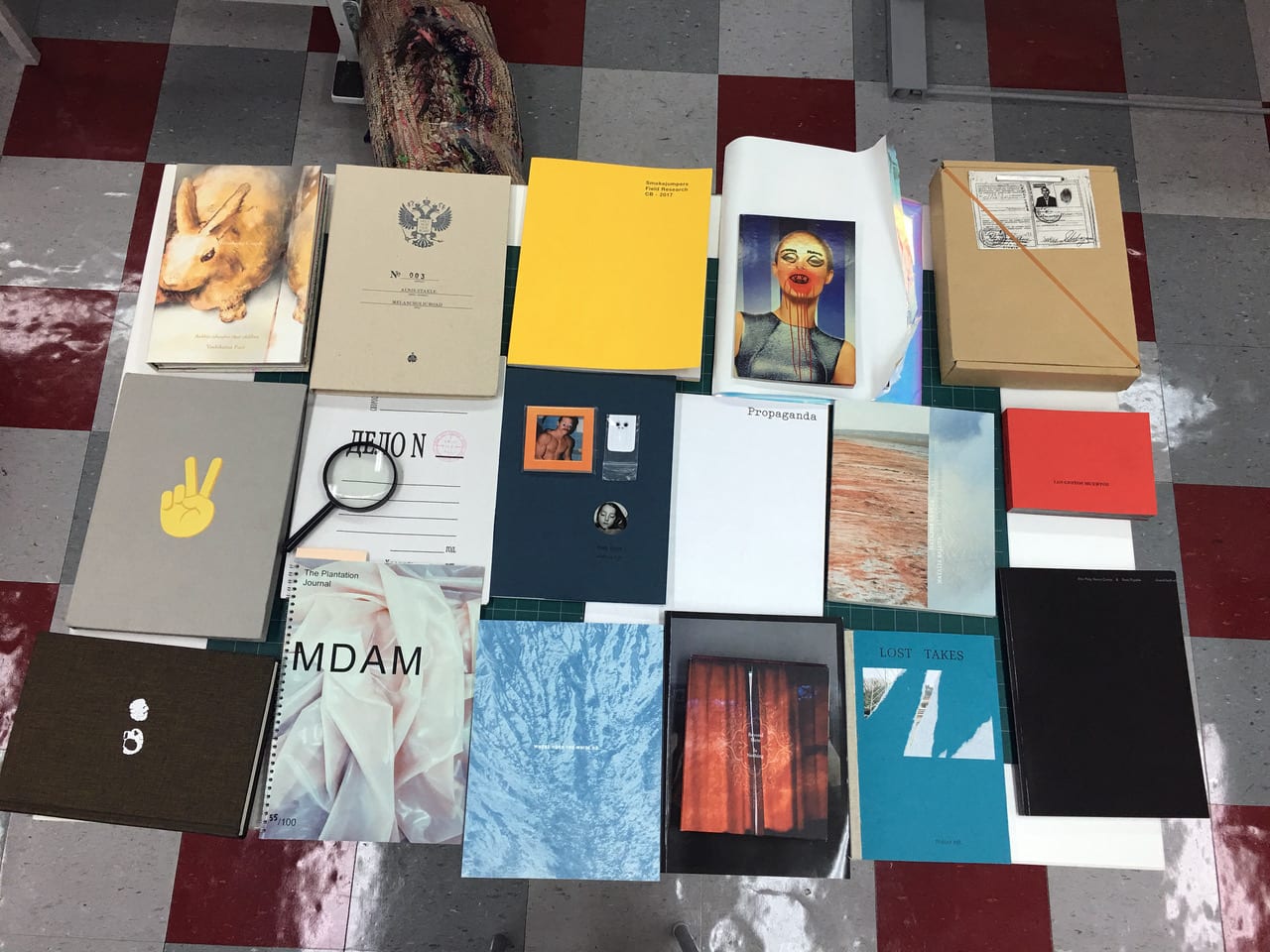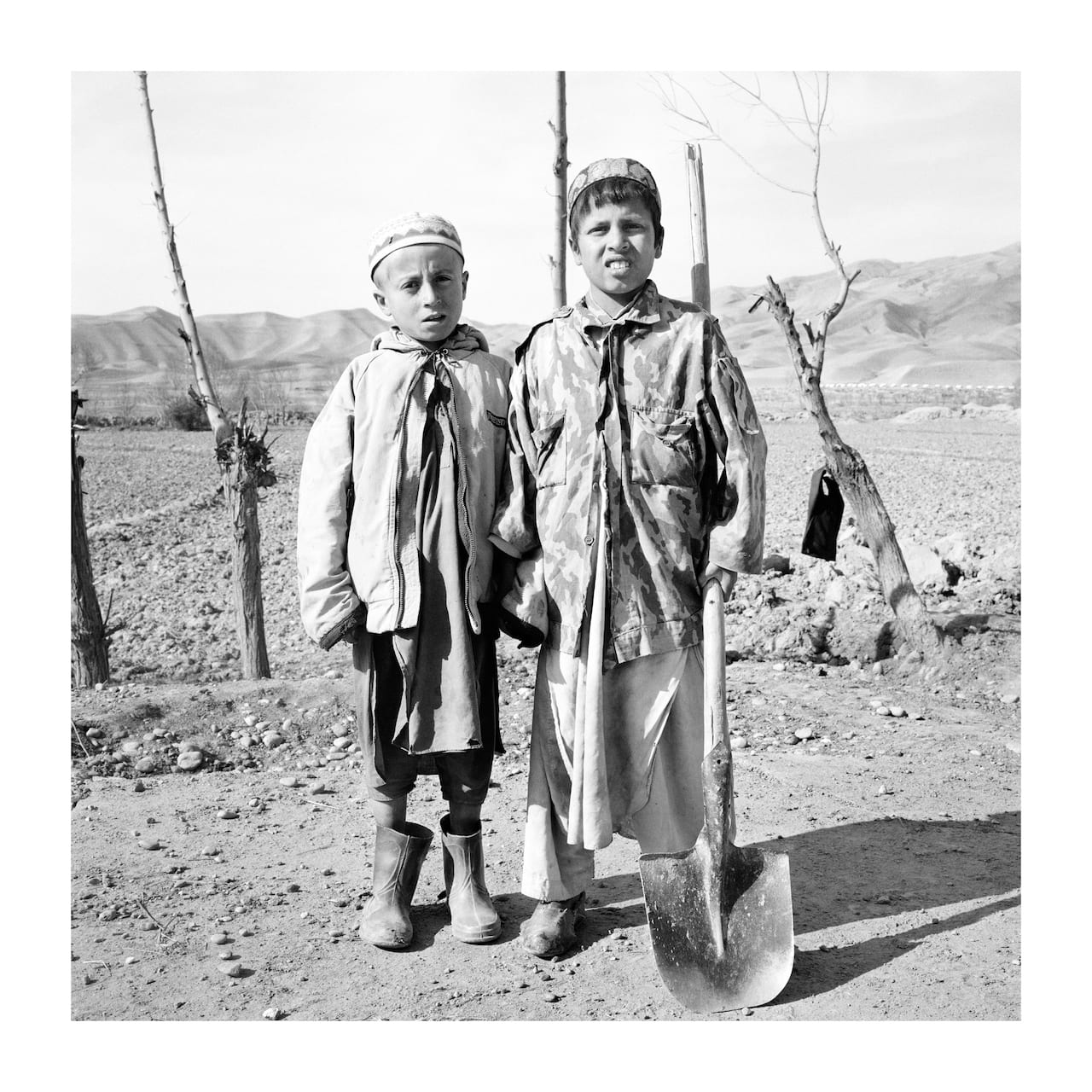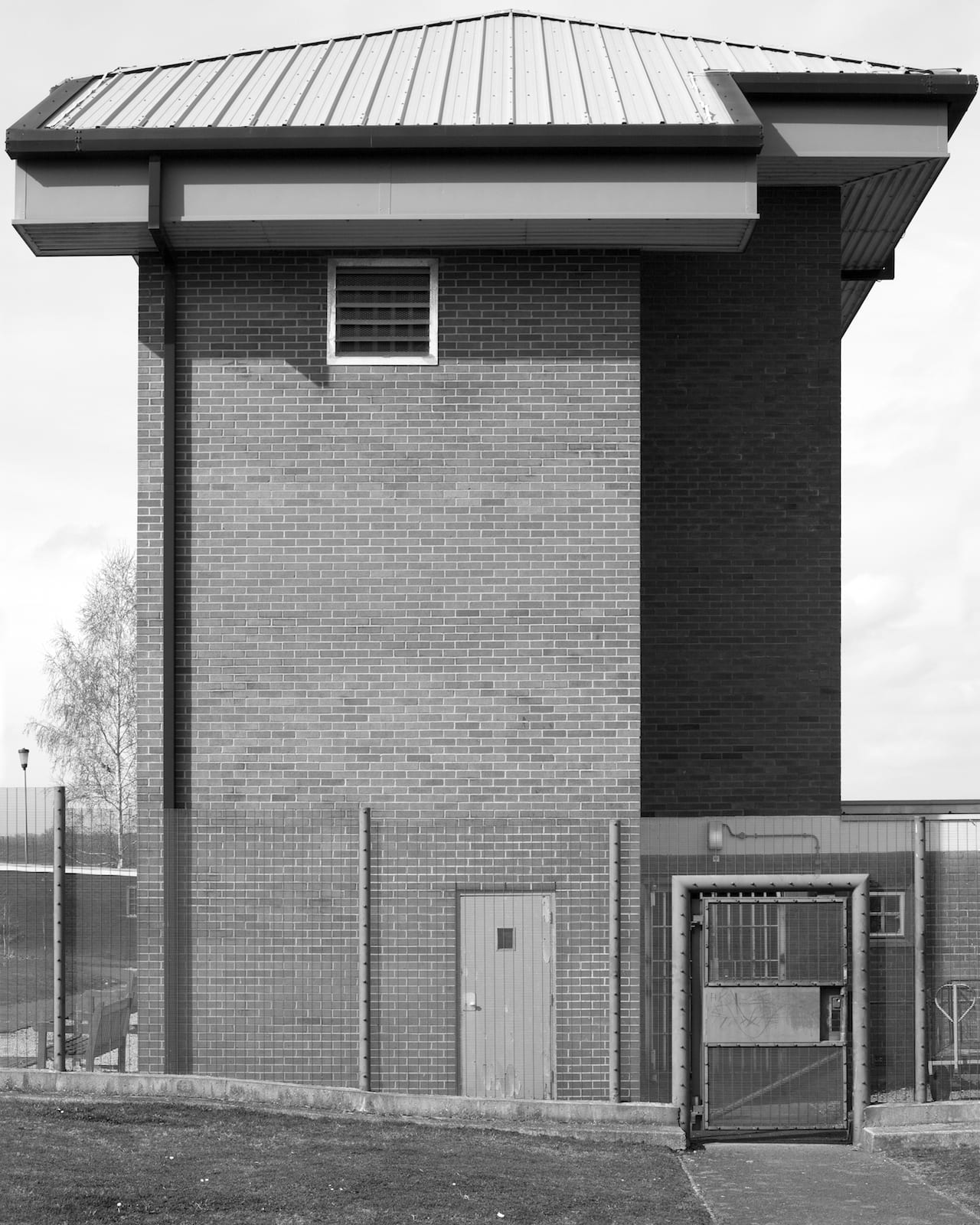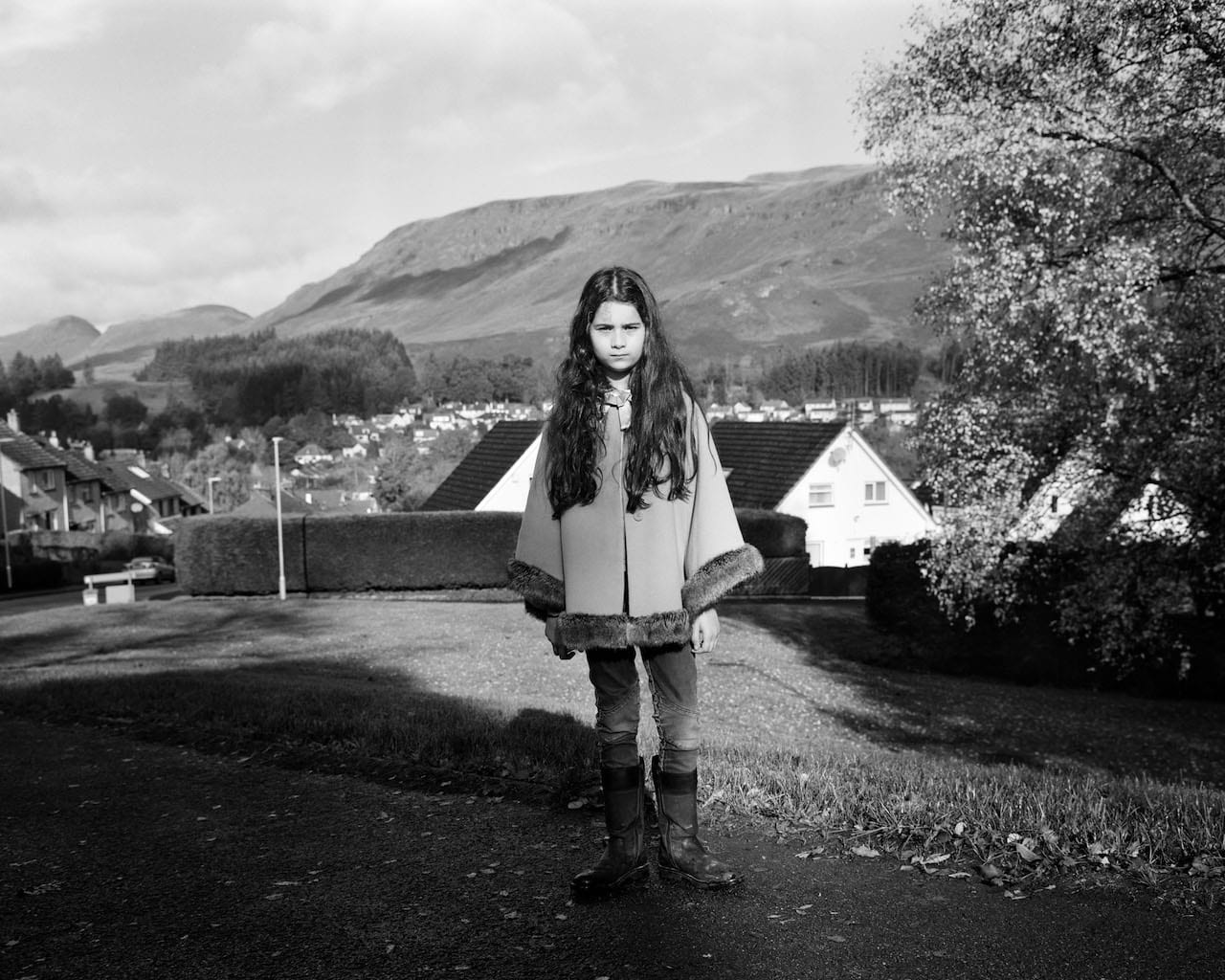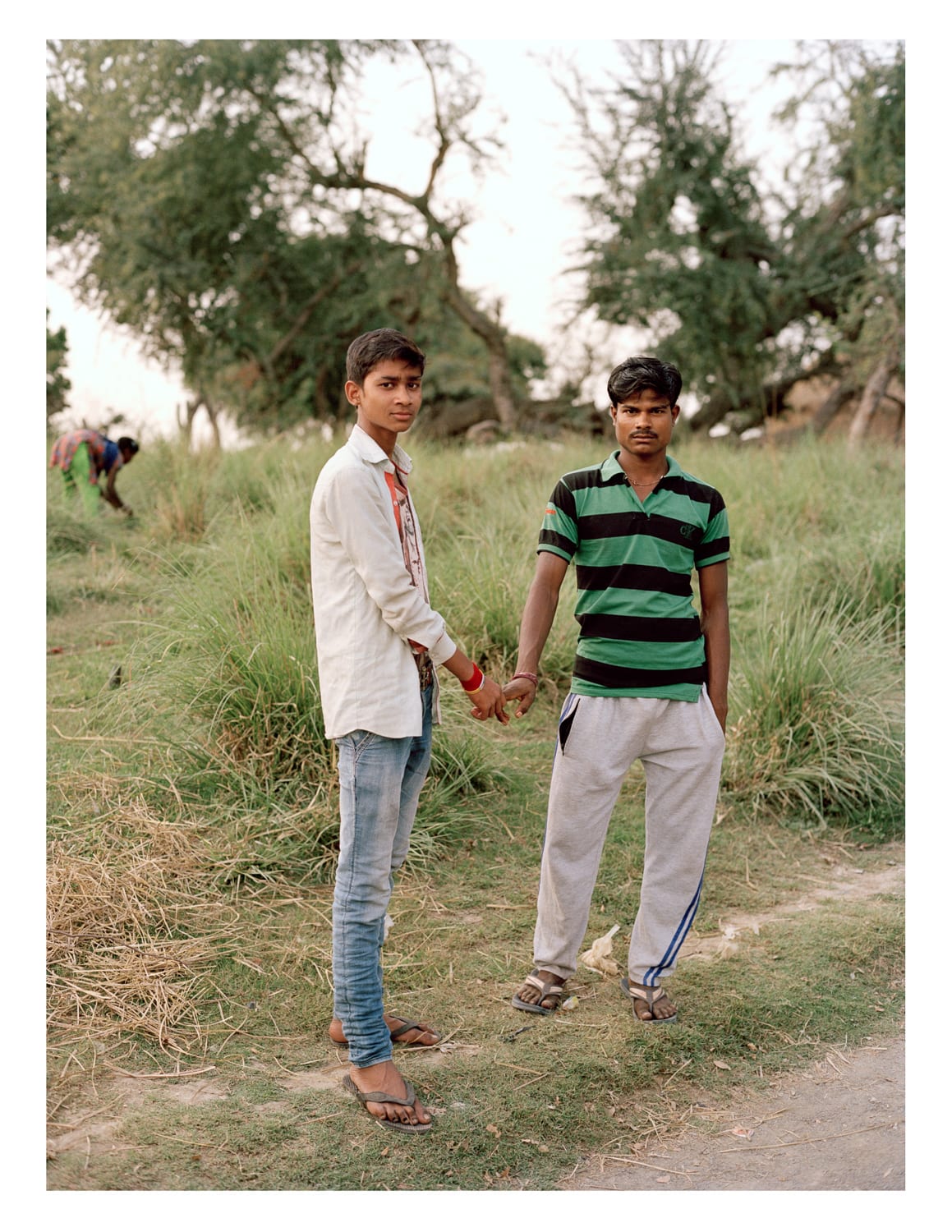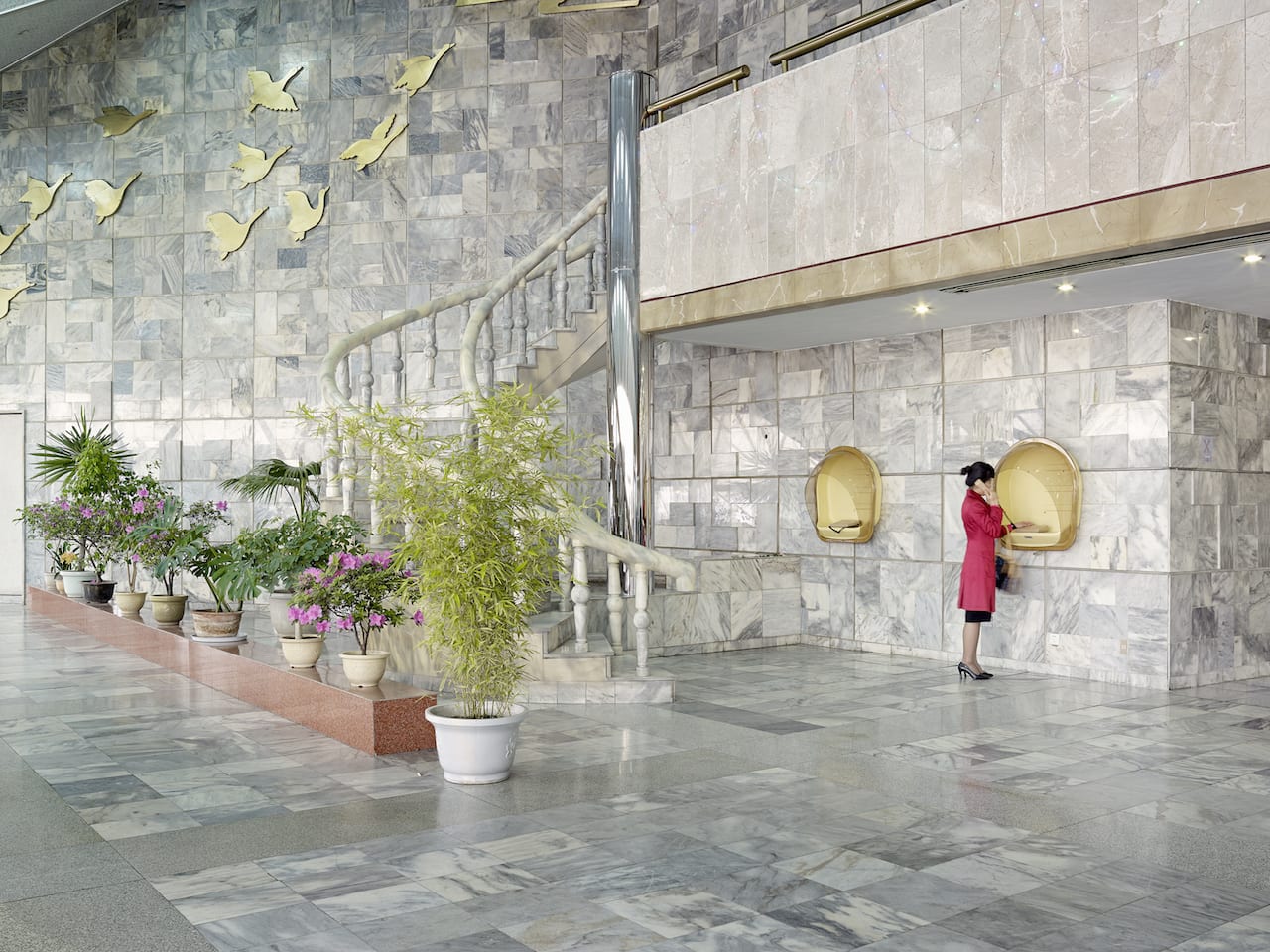The visual language NGOs use to show the developing world is often sombre, designed to shock our senses by highlighting the desperate situations of communities fleeing persecution or natural disaster. Think of Ethiopia, for example, and the images that immediately come to mind are of a country plagued by drought and famine. What is less recognised is that the country, which stretches over the Horn of Africa, is also home to fields of lush agricultural land, and expanses of green nourished by mountainous lakes. But it was this vibrant image that Oxfam sought to convey in its 75th- anniversary collaboration with Annie Sloan paint, a brand more often seen on the pages of glossy interiors magazines. The idea for the collaboration came when Ellie Farmer, a film and photography producer at Oxfam, was on a trip in Sicily and noticed brightly-coloured refugee boats lined up on the beach. Spurred into thinking about the influence colour can have on storytelling, she approached Sloan – who in turn was inspired to create a new chalk-based product, referencing the colours of Ethiopia, in which Oxfam has an established aid programme.
